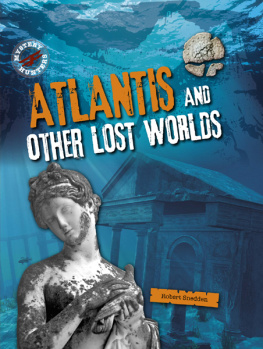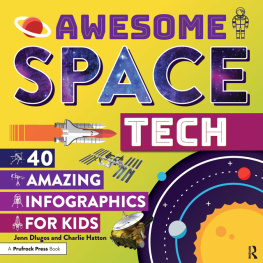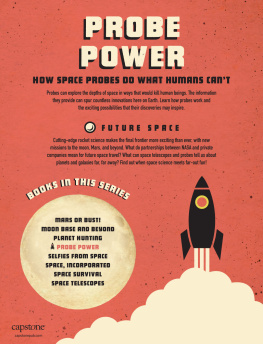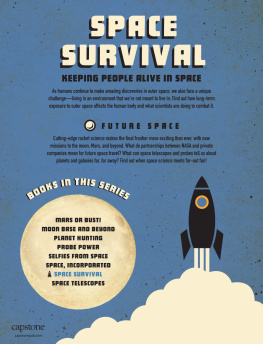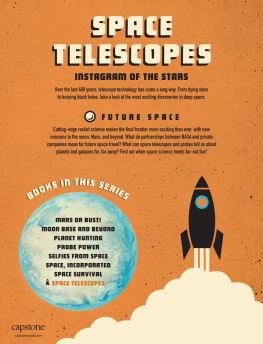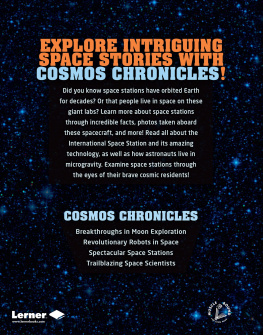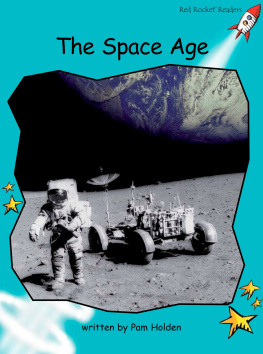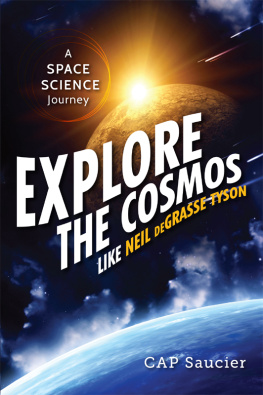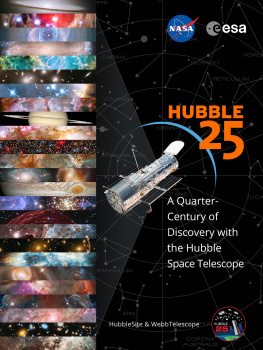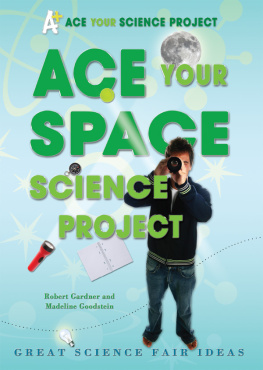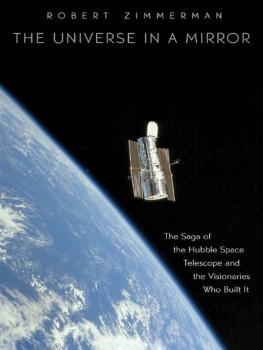Robert Snedden - How Do Scientists Explore Space?
Here you can read online Robert Snedden - How Do Scientists Explore Space? full text of the book (entire story) in english for free. Download pdf and epub, get meaning, cover and reviews about this ebook. year: 2015, publisher: Capstone, genre: Children. Description of the work, (preface) as well as reviews are available. Best literature library LitArk.com created for fans of good reading and offers a wide selection of genres:
Romance novel
Science fiction
Adventure
Detective
Science
History
Home and family
Prose
Art
Politics
Computer
Non-fiction
Religion
Business
Children
Humor
Choose a favorite category and find really read worthwhile books. Enjoy immersion in the world of imagination, feel the emotions of the characters or learn something new for yourself, make an fascinating discovery.
- Book:How Do Scientists Explore Space?
- Author:
- Publisher:Capstone
- Genre:
- Year:2015
- Rating:3 / 5
- Favourites:Add to favourites
- Your mark:
- 60
- 1
- 2
- 3
- 4
- 5
How Do Scientists Explore Space?: summary, description and annotation
We offer to read an annotation, description, summary or preface (depends on what the author of the book "How Do Scientists Explore Space?" wrote himself). If you haven't found the necessary information about the book — write in the comments, we will try to find it.
How Do Scientists Explore Space? — read online for free the complete book (whole text) full work
Below is the text of the book, divided by pages. System saving the place of the last page read, allows you to conveniently read the book "How Do Scientists Explore Space?" online for free, without having to search again every time where you left off. Put a bookmark, and you can go to the page where you finished reading at any time.
Font size:
Interval:
Bookmark:

| 2296 BCE | Chinese astronomers make the first recorded observation of a comet. |
| 763 BCE | Astronomers in Babylon (present-day Iraq) record seeing an eclipse of the Sun. |
| 270 BCE | Aristarchus says the Sun is bigger than the Earth and the Earth goes around it. |
| 1609 | Galileo Galilei builds one of the first telescopes and begins his groundbreakingdiscoveries. |
| 1655 | Christiaan Huygens improves the design of the telescope and discovers the rings ofSaturn. |
| 1687 | Isaac Newton explains his ideas about gravity. |
| 1781 | William Herschel discovers there are star systems beyond our galaxy. |
| 1903 | Russian scientist Konstantin Tsiolkovsky claims that space travel will be possibleone day; later that year the Wright Brothers make the first powered flight. |
| 1915 | Proxima Centauri, the nearest star to the Earth other than the Sun, is discovered. |
| 1932 | Karl Jansky tells the world about cosmic radio waves. |
| 1957 | The USSR launches the first satellite, Sputnik 1. |
| 1957 | Laika the dog becomes the first living creature to orbit the Earth aboard Sputnik2. |
| 1959 | The space probe Luna 3 sends back the first images of the far side of the Moon. |
| 1961 | Aboard his Vostok space capsule, Major Yuri Gagarin of the USSR becomes the firstman to orbit the Earth. |
| February 1966 | Luna 9 makes the first controlled landing on the surface of the Moon. |
| 1968 | The crew of Apollo 8 are the first people from Earth to orbit the Moon. |
| 1969 | Apollo 11 astronauts Neil Armstrong and Edwin (Buzz) Aldrin are the first men towalk on the Moon. |
| 1970 | Venera 7 is the first probe to successfully land on the surface of Venus. |
| April 1971 | Salyut 1, the first space station to orbit the Earth, is launched. |
| November 1971 | Mariner 9 reaches Mars and becomes the first space probe from Earth to orbit anotherplanet. |
| 1972 | Apollo 17 returns to Earth from the Moon there have been no more Moon missionsto date. |
| 1976 | Viking 1 makes the first successful landing on Mars. |
| 1980 | Voyager 1 reaches Saturn and sends back the first detailed pictures of the ringedplanet. |
| 1989 | Voyager 2 sends back the first close-up images of the planet Neptune. |
| April 25, 1990 | The Hubble Space Telescope is carried into orbit aboard the space shuttle Discovery. |
| 1992 | NASA launches SETI, the Search for Extraterrestrial Intelligence. |
| 1997 | The remote-controlled Sojourner rover on Mars becomes the first human-made craftto travel over the surface of another planet. |
| 2000 | The first crew begins working aboard the International Space Station. |
| 2005 | The Huygens space probe lands on the surface of Titan, one of the moons of Saturn it is the most distant landing ever made by an object from Earth. |
| January 2006 | Samples from the Stardust mission to Comet Wild 2 reach Earth. |
| October 2006 | The twin STEREO space probes are launched to study the Sun. |
| *2011 | MESSENGER is due to enter orbit around Mercury. |
| 2011 | Russia plans to launch Phobos-Grunt, a sample return mission to one of the moonsof Mars. |
| 2014 | Rosetta is due to makes its rendezvous with a comet. |
| 2015 | New Horizon will make a flyby of Pluto and the Kuiper belt. |
| 2020 | India and Japan plan manned landings on the Moon. |
| * Dates in 2011 and beyond are planned, but are subject to change. |
Books
Dowswell, Paul. First Encyclopedia of Space. Tulsa, OK: EDC, 2010.
Harrison, Paul. Space. New York, NY: Rosen, 2008.
Parker, Steve. Space Exploration. Broomall, PA: Mason Crest, 2011.
Schneider, Howard. Backyard Guide to the Night Sky. Washington, DC: National Geographic,2009.
Websites
www.nasa.gov
The homepage of NASA, an excellent starting-off point for information on all aspectsof space exploration.
www.esa.int/esaCP/index.html
The website of the European Space Agency ESA.
www.newton.dep.anl.gov/askasci/astron98.htm
Hundreds of questions and answers fromthe Ask A Scientist Astronomy Archive at the USAs Argonne National Laboratory.
http://hubblesite.org
The latest news and findings from the Hubble Space Telescope and links to a wealthof information on astronomy.
www.iwaswondering.org/heidi_homepage.html
Space scientist Heidi Hammels kid friendly guide to space exploration.
www.skyandtelescope.com
The website of Sky and Telescope , the magazine for the amateur astronomer.
Places to visit
Smithsonians National Air and Space Museum, Washington, D.C.
www.nasm.si.edu
Visit the nations most comprehensive museum of space, theKennedy Space Center located in Orlando, Florida. Whilethere you can tour NASAs launch and landing facilities. www.kennedyspacecenter.com/visit-us.aspx

The earliest space explorers were the first people who looked up at the night skyand wondered about the things they saw. The beginnings of space exploration tookplace from the ground with no more sophisticated tools than sharp eyes and inquiringminds.
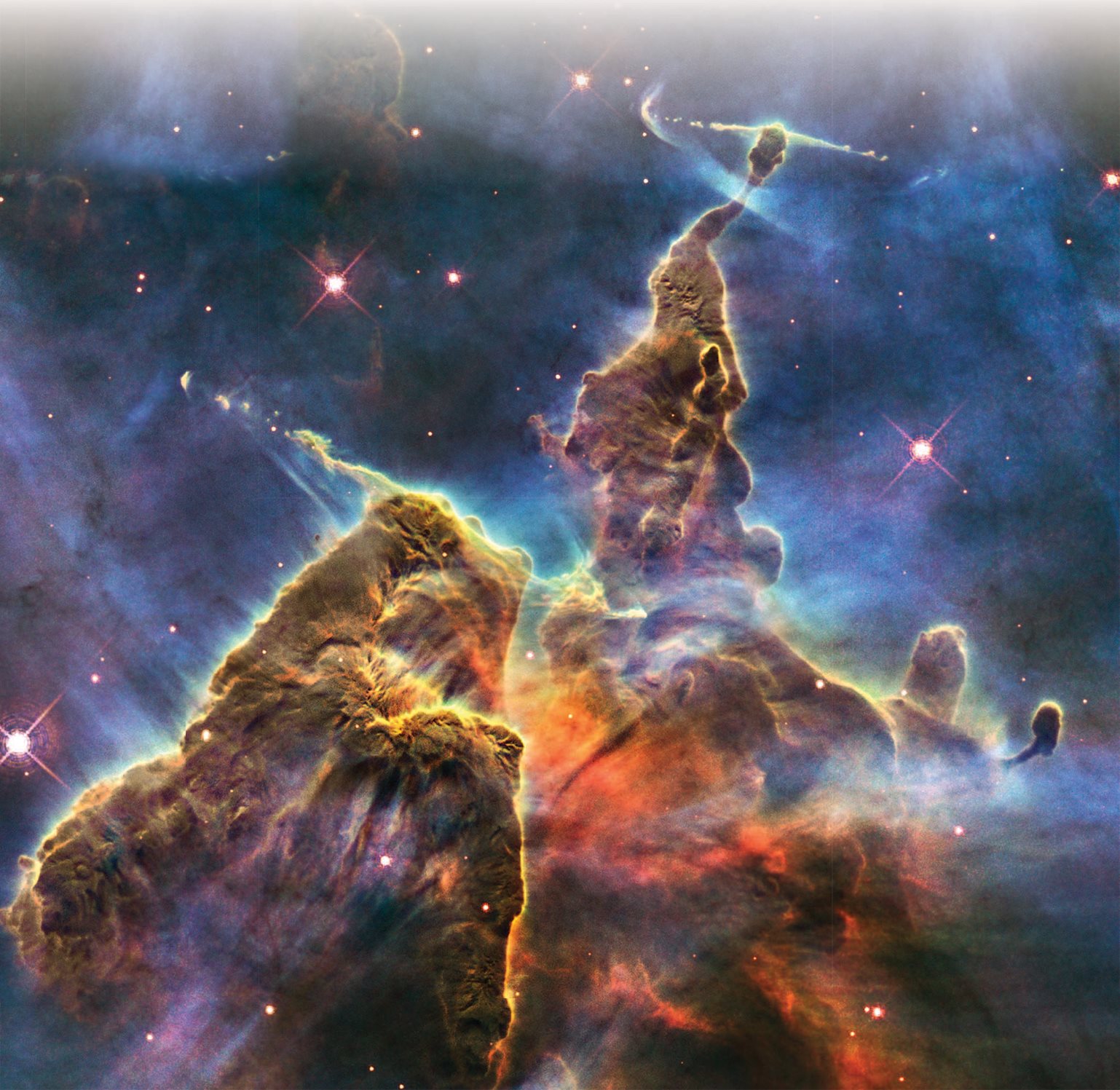
These immense columns of gas and dust are big enough to swallow our entire solarsystem many times.
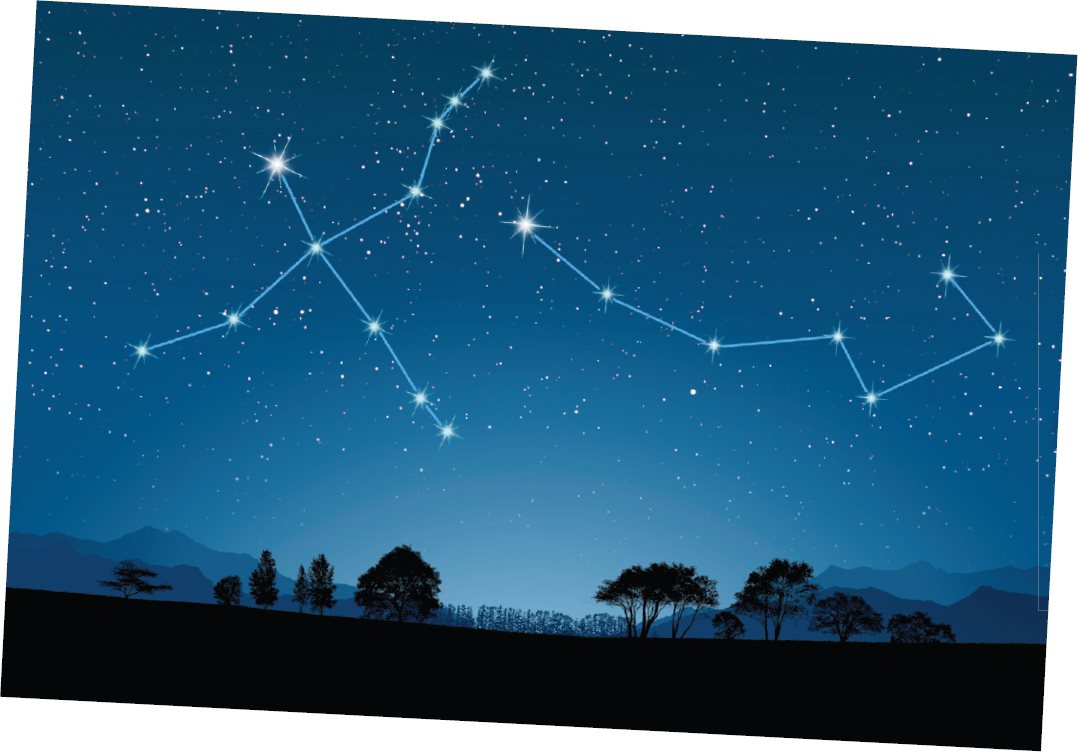
Ancient astronomers imagined patterns connecting the stars in the sky. These patternsare called constellations.
The patterns of stars are called . First labeled in ancient times,modern astronomers still use constellations as a convenient way to divide and describethe night sky. We can also use the stars to nd out where we are on Earth. For example,for centuries people have known that facing Polaris, the North Star, means that theyare facing north. Hundreds of years ago sailors had starcharts that told them howfar above the horizon a star should be. Measuring the angle of the star above thehorizon told them how far north or south they were.
The first sky watchers would have noticed that most of the objects in the night skyalways kept the same positions relative to each other. They rose and set in orderlypatterns that always stayed the same. People of different countries, such as theGreeks, Chinese, and Indians, named these patterns of stars after gods and heroes.The night sky became a storybook of myths and legends.
The sky watchers of long ago also saw that there were some objects that didnt followregular paths. The ancient Greeks called them planetes (wanderers) from which weget our word planet . The early observers built up precise records of the movementsof stars and planets across the night sky. These observations became the basis ofthe modern science of .
Font size:
Interval:
Bookmark:
Similar books «How Do Scientists Explore Space?»
Look at similar books to How Do Scientists Explore Space?. We have selected literature similar in name and meaning in the hope of providing readers with more options to find new, interesting, not yet read works.
Discussion, reviews of the book How Do Scientists Explore Space? and just readers' own opinions. Leave your comments, write what you think about the work, its meaning or the main characters. Specify what exactly you liked and what you didn't like, and why you think so.



